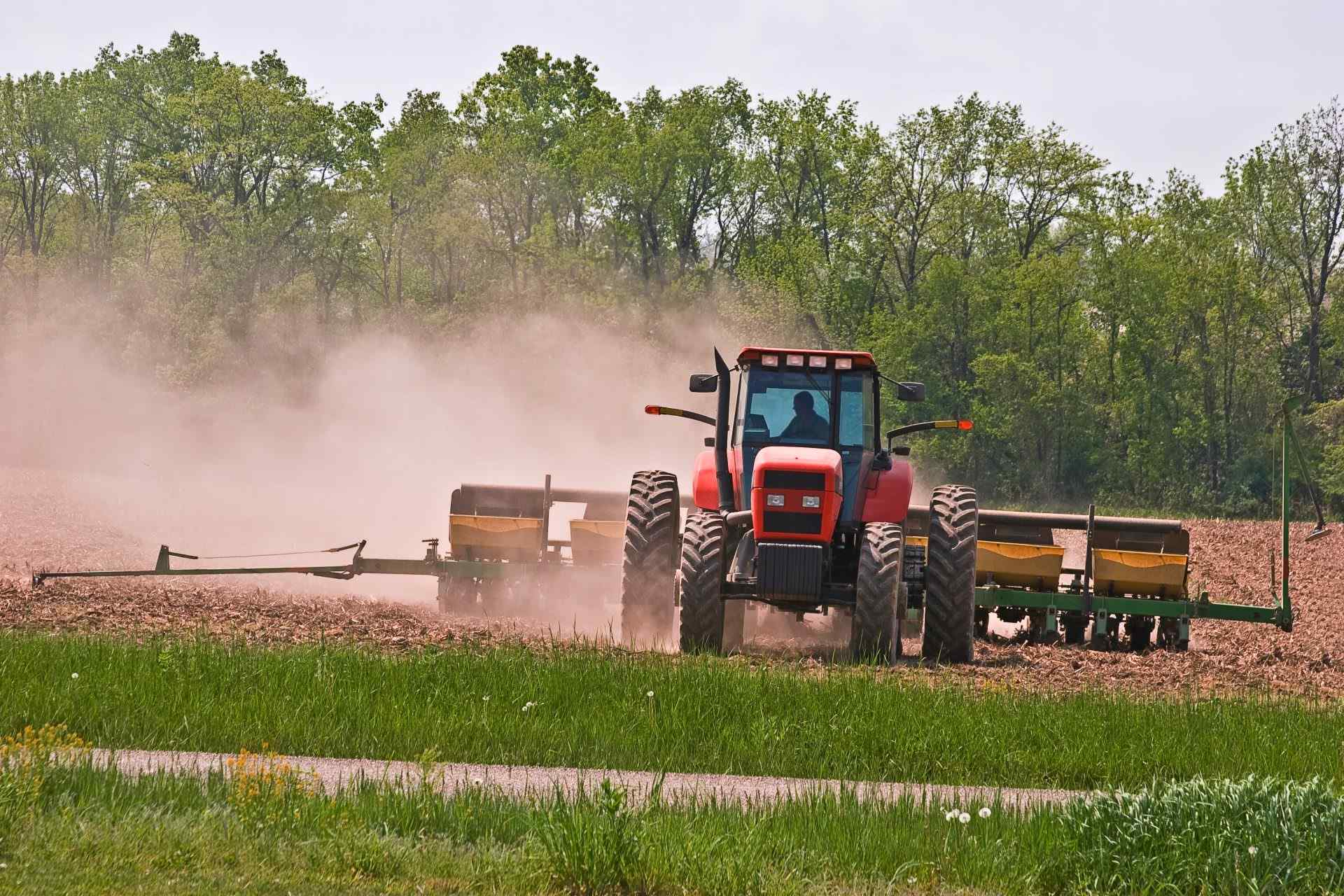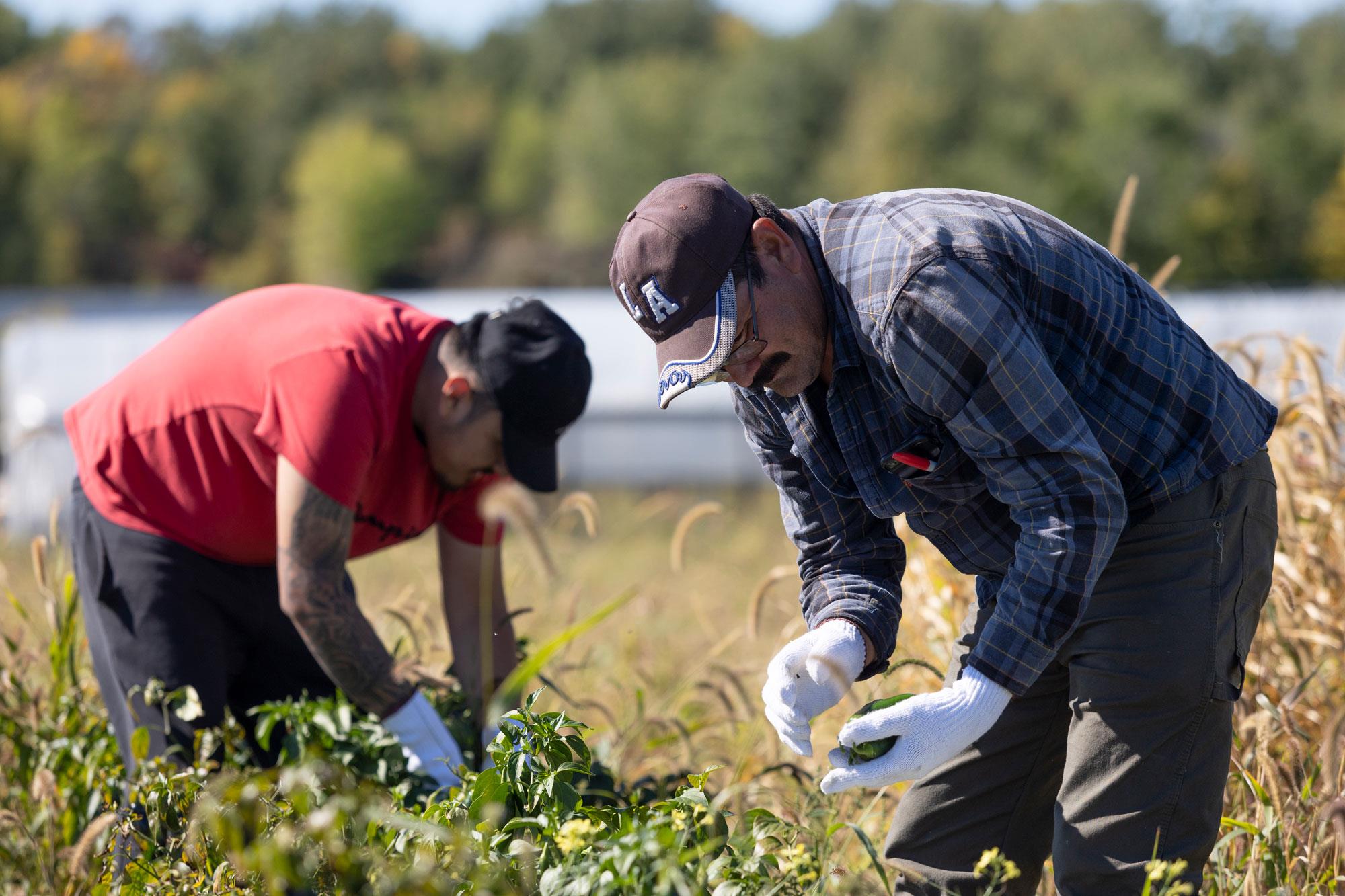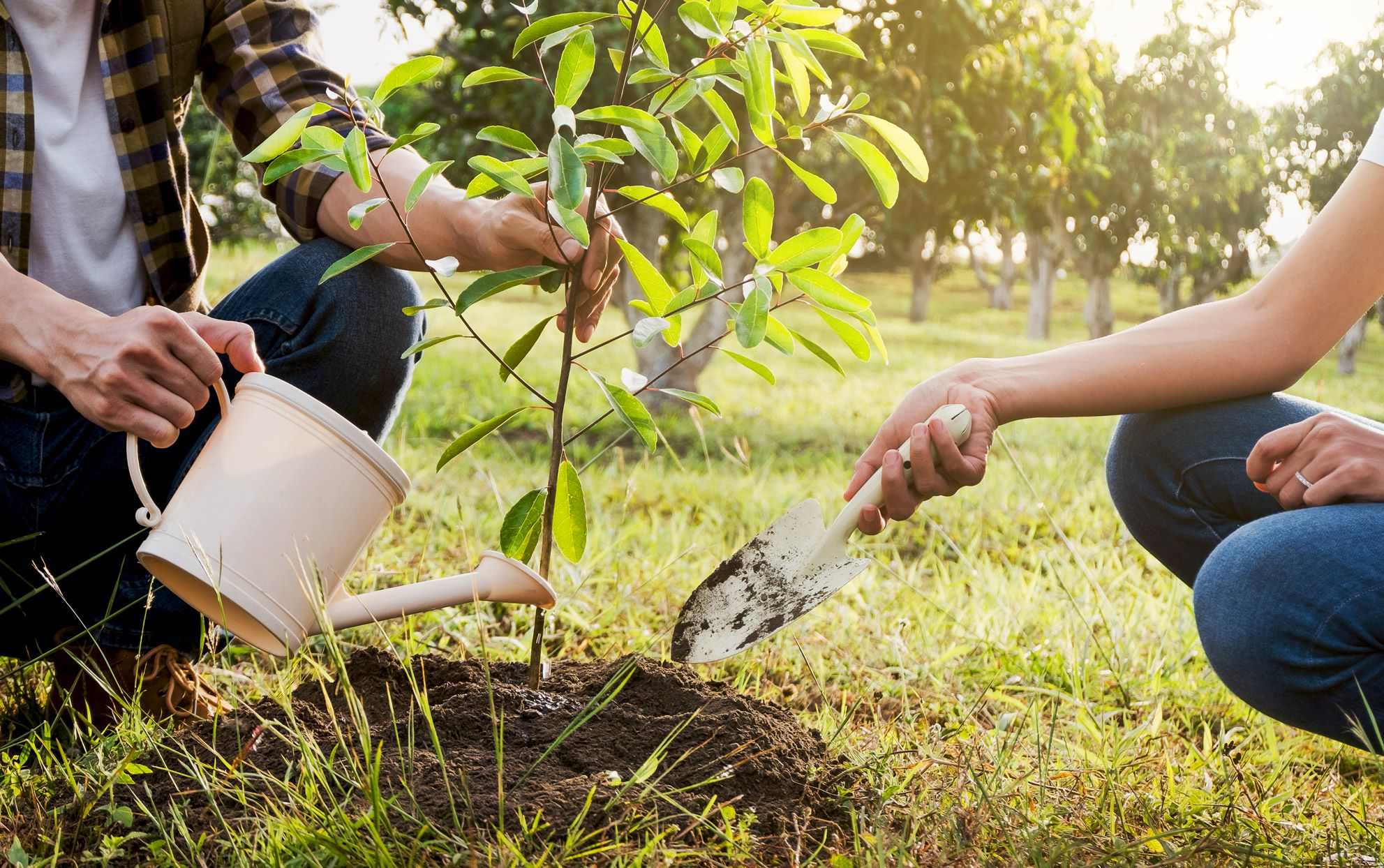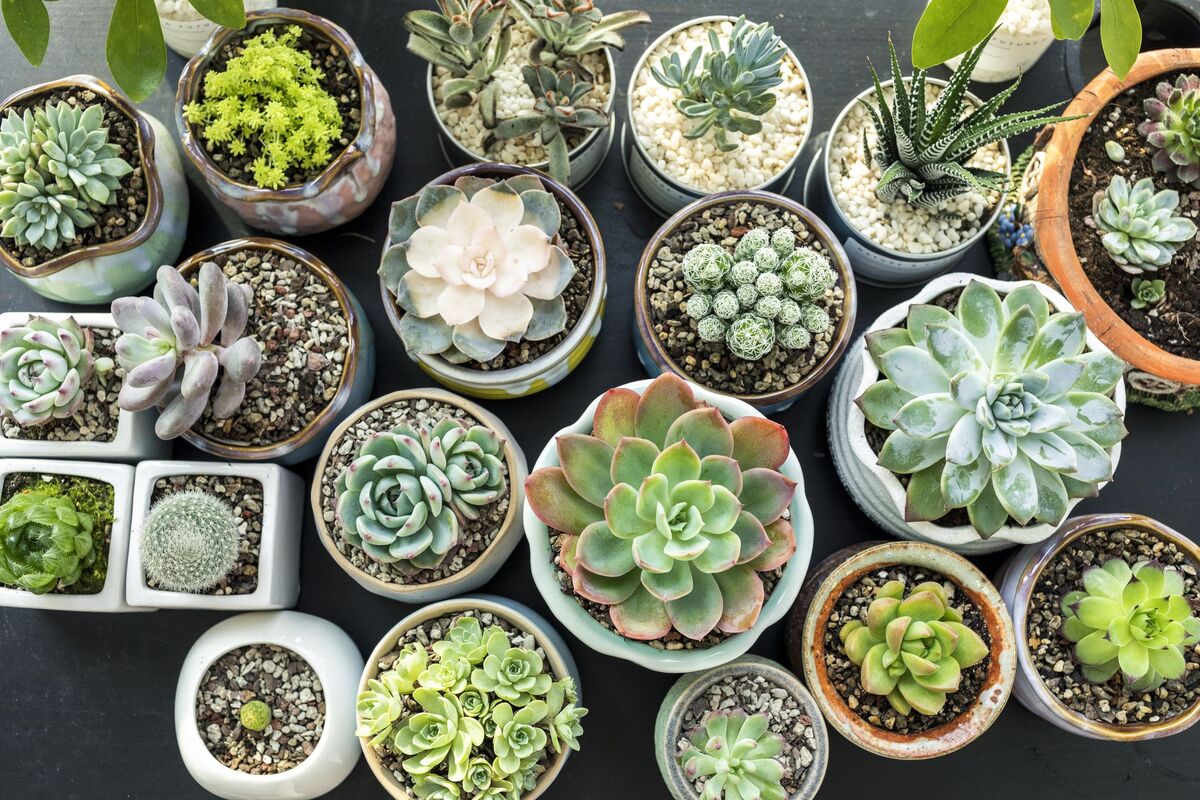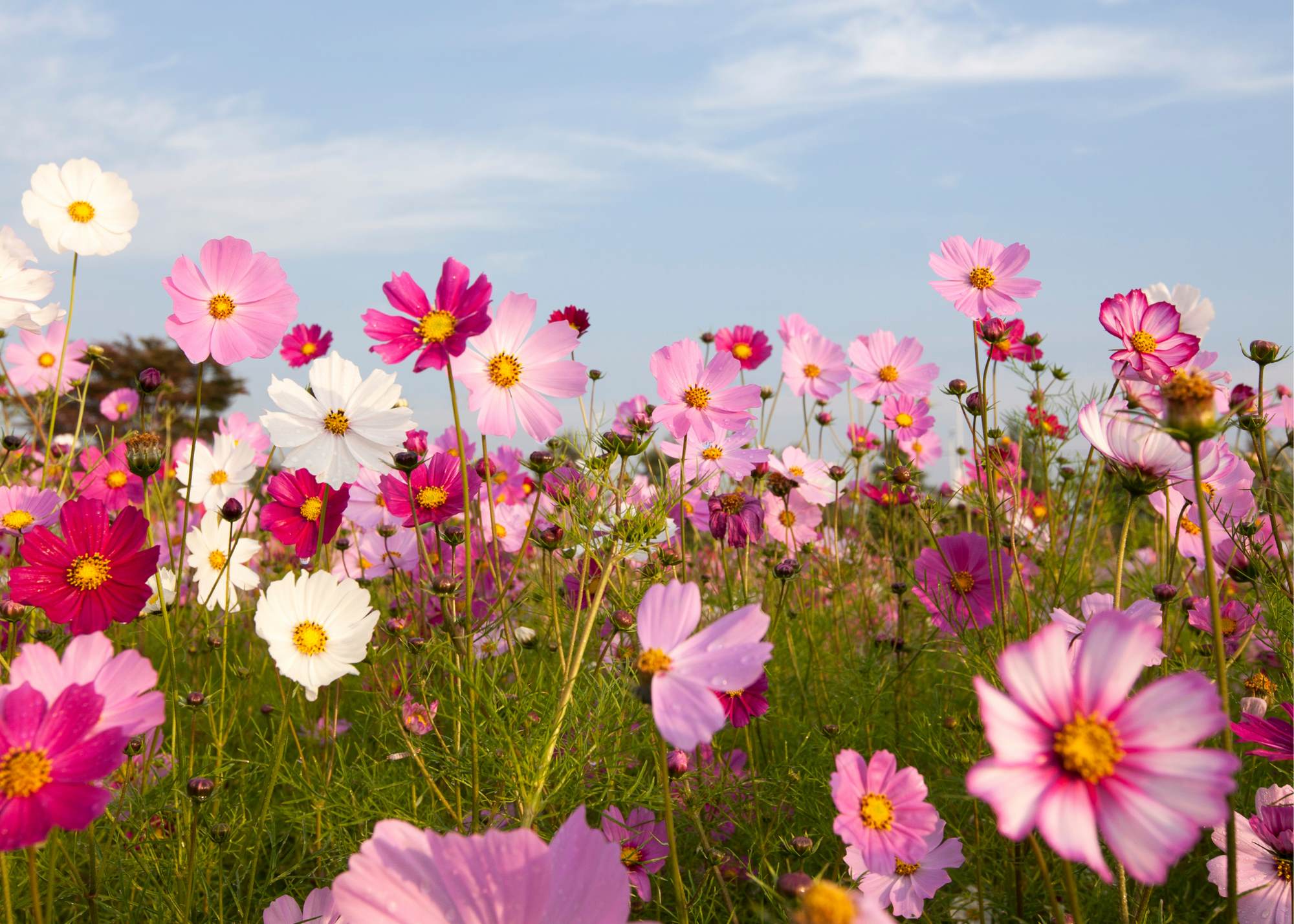Home>Gardening Tips and Tricks>Eco-Friendly Gardening>What Month Is The Planting Moon


Eco-Friendly Gardening
What Month Is The Planting Moon
Modified: January 22, 2024
Discover the best time to plant your eco-friendly garden with the Planting Moon. Get tips on sustainable gardening for a greener future!
(Many of the links in this article redirect to a specific reviewed product. Your purchase of these products through affiliate links helps to generate commission for Chicagolandgardening.com, at no extra cost. Learn more)
Table of Contents
Introduction
Welcome to the fascinating world of eco-friendly gardening! In recent years, there has been a growing awareness and interest in sustainable living, and gardening is no exception. One of the key aspects of eco-friendly gardening is aligning our practices with the natural rhythms and cycles of the Earth. This brings us to the concept of the Planting Moon.
The Planting Moon, also known as the Seed Moon, is an important time in gardening that has been observed for centuries. It is the period when the moon is believed to exert a powerful influence on plant growth and development. In this article, we will explore the significance of the Planting Moon, its historical roots, and how it can be utilized to enhance your gardening efforts.
So, what exactly is the Planting Moon? In simple terms, it is the full moon that occurs during the spring season when the soil warms up and the conditions become favorable for planting. This marks the beginning of the ideal time to sow seeds and transplant young seedlings into the garden.
Throughout history, various cultures have recognized the importance of lunar phases in agriculture and gardening. The ancient Egyptians, for example, based their planting and harvesting schedules on the cycles of the moon. They believed that the gravitational pull of the moon affected the moisture content in the soil, making it more conducive for germination.
In more recent times, the lunar calendar has been widely embraced by organic gardeners and those seeking to garden in harmony with nature. The lunar calendar is a tool that maps out the best days for specific gardening activities based on the moon’s phases. This includes planting, pruning, fertilizing, and harvesting.
Definition of the Planting Moon
The Planting Moon, as mentioned earlier, refers to the full moon during the spring season when the conditions are ideal for sowing seeds and planting young seedlings. This phase is also known as the Seed Moon, as it signifies the time of year when seeds have the best chance of germinating and flourishing.
During the Planting Moon, the energy from the full moon is believed to stimulate root growth, which is crucial for establishing strong and healthy plants. The increased gravitational pull of the moon is thought to draw moisture up from the soil, allowing seeds to absorb water more effectively.
It is important to note that the Planting Moon is not a fixed date but varies depending on the lunar calendar. Each year, the date of the full moon corresponding to the Planting Moon may fall within a different month. However, it typically occurs between late March and late April in the Northern Hemisphere.
For gardeners in the Southern Hemisphere, the Planting Moon generally falls between late September and late October, as the seasons are reversed. This indicates the time when the weather begins to warm up, and plants start to awaken from their winter dormancy.
While the specific date of the Planting Moon may vary, the underlying principle remains the same – it corresponds to the moment when nature signals that it is time to start planting and nurturing new life in the garden. The Planting Moon signifies a fresh beginning, a time of hope and anticipation for a bountiful harvest in the months to come.
Historical Significance of the Planting Moon
The Planting Moon holds a rich historical significance that dates back centuries. Many ancient cultures believed that the moon had a direct influence on agriculture and gardening practices, leading to the development of lunar planting traditions.
In ancient Egypt, for instance, the lunar calendar played a crucial role in agricultural planning. The Egyptians observed the cycles of the moon and recognized its impact on the Nile River’s flooding patterns, which played a vital role in fertilizing their fields. They believed that the moon’s gravitational pull not only affected the tides but also influenced the moisture content of the soil, making it more favorable for planting.
The ancient Greeks also acknowledged the moon’s role in gardening. The renowned philosopher and mathematician Pythagoras recommended specific lunar phases for planting various crops. This concept was further developed by Greek farmers who utilized the lunar calendar for successful agricultural practices.
Throughout history, farmers and gardeners relied on lunar planting traditions to determine the best time for planting specific crops. These traditions were passed down through generations, creating a wealth of knowledge and practices that are still followed today.
In more recent times, biodynamic agriculture, a holistic approach to farming, has incorporated lunar planting principles. Biodynamic farmers utilize the energy of the moon and its phases to guide their planting, harvesting, and soil management practices. They believe that aligning their actions with the moon’s rhythms enhances plant vitality and promotes balanced ecosystems.
The historical significance of the Planting Moon also extends to indigenous cultures around the world. Many indigenous communities observed the natural cycles and patterns of the moon to guide their agricultural activities, in harmony with their surroundings and the interconnectivity of all living beings.
Understanding the historical significance of the Planting Moon offers us a glimpse into the wisdom of our ancestors and their deep connection to the natural world. By embracing these traditions and principles, we can cultivate a deeper appreciation for the cycle of life and a more sustainable approach to gardening.
Lunar Calendar and the Planting Moon
The lunar calendar plays a vital role in identifying the Planting Moon and guiding gardeners in their planting activities. This calendar is based on the cycles of the moon, providing insights into the most favorable times for sowing seeds, transplanting seedlings, and other gardening tasks.
The lunar calendar is divided into various moon phases: new moon, waxing crescent, first quarter, waxing gibbous, full moon, waning gibbous, third quarter, and waning crescent. Each phase is associated with specific energies and influences on plant growth.
When it comes to the Planting Moon, gardeners can look to the full moon as a significant indicator. It is during this phase that the lunar energy is believed to be at its peak, stimulating root development and providing optimal conditions for successful planting.
According to the lunar calendar, the days leading up to the full moon are also considered favorable for planting. This period is known as the waxing moon, during which the moon grows from new to full. The gravitational pull of the moon is believed to be strongest during this time, drawing moisture up from the ground and helping seeds to germinate.
The waxing moon also encourages strong leaf growth and is ideal for transplanting seedlings into the garden. The energy from the moon supports the plants’ ability to establish themselves in their new environment and adapt to the surrounding conditions.
Conversely, the waning moon, which occurs after the full moon, is associated with root growth. During this phase, energy shifts toward the root system, making it an optimal time for activities such as pruning, dividing perennials, and harvesting root crops.
Utilizing the lunar calendar in conjunction with the Planting Moon can greatly enhance gardening success. By aligning our planting activities with the moon’s natural rhythms and energy, we can tap into the ancient wisdom of lunar gardening traditions.
It is important to note that while the lunar calendar provides valuable guidance, the specific conditions and needs of individual plants and local climate should also be considered. The lunar calendar is a tool to supplement and enhance gardening practices, and it is up to the gardener to adapt and experiment based on their unique circumstances.
Effects of the Planting Moon on Plant Growth
The Planting Moon is believed to have a profound influence on plant growth and development. While scientific research on this topic is limited, many gardeners and farmers have attested to noticeable effects when aligning their planting activities with the lunar phases.
One key aspect of the Planting Moon’s impact on plant growth is the gravitational pull of the moon. During the full moon and the days leading up to it, the moon’s gravitational force is stronger, affecting the movement of water in the soil. This increased gravitational pull is believed to draw moisture up from the ground, providing optimal conditions for seed germination.
In addition to water movement, the Planting Moon is thought to influence root growth. Gardeners who follow lunar planting traditions believe that planting during the waxing moon, especially around the full moon, promotes robust root development. The energy from the moon is believed to stimulate root growth and enhance the plants’ ability to absorb nutrients and establish a strong foundation.
Furthermore, some proponents of lunar gardening believe that the moon’s phases can affect the overall vigor and vitality of plants. For example, planting during the waxing moon is thought to produce more vigorous growth and abundant foliage. Conversely, planting during the waning moon is believed to prioritize root development and result in healthier root systems.
While the effects of the Planting Moon on plant growth may vary depending on factors like climate and specific plant species, many gardeners have reported positive outcomes when adhering to lunar planting principles. They claim higher success rates in seed germination, healthier plants, and increased yields.
It is important to note that the effects of the Planting Moon on plant growth are not purely mystical or based solely on lunar energy. The lunar calendar and planting practices associated with it often align with optimal planting conditions based on natural seasonal changes. The Planting Moon serves as a reminder to gardeners to consider favorable factors such as soil temperature, moisture, and weather patterns that coincide with the lunar phase.
While the scientific evidence supporting the effects of the Planting Moon on plant growth may be limited, many gardeners find value in this age-old tradition. Whether rooted in science or folklore, it offers an opportunity to connect with nature, experiment with different techniques, and observe the impact on their gardens.
Planting Tips and Best Practices during the Planting Moon
When it comes to gardening during the Planting Moon, here are some tips and best practices to ensure successful planting and optimal growth:
- Timing: Plan your planting activities to coincide with the waxing phase of the moon, ideally a few days leading up to the full moon. This is when the gravitational pull is strongest and thought to promote better seed germination and root development.
- Soil Preparation: Before planting, prepare your soil by loosening it and removing any weeds or debris. Consider adding compost or organic matter to enhance nutrient levels and improve soil structure.
- Seed Selection: Choose high-quality seeds that are well-suited to your specific climate and growing conditions. Opt for organic and heirloom varieties to support biodiversity and sustainability.
- Seed Sowing: Follow the instructions on the seed packet for proper sowing depth and spacing. Gently press the soil around the seeds to ensure good soil-to-seed contact.
- Transplanting Seedlings: If transplanting seedlings during the Planting Moon, choose young, healthy plants with well-developed root systems. Ensure the soil around the transplants is moist and plant them at the appropriate depth.
- Watering: Adequate watering is crucial during the Planting Moon. Keep the soil evenly moist but not waterlogged. Water early in the day to allow excess moisture to evaporate and help prevent disease.
- Mulching: Consider applying a layer of organic mulch around your plants to conserve moisture, suppress weeds, and regulate soil temperature.
- Fertilization: Use organic, slow-release fertilizers or compost to provide necessary nutrients to your plants. Apply them according to the recommended rates, avoiding over-fertilization.
- Observation: Take time to observe and monitor your plants throughout their growth journey. Regularly check for signs of pests, diseases, or nutrient deficiencies and take appropriate action.
- Record-Keeping: Maintain a garden journal to record your planting activities, specific moon phases, and observed plant growth. This allows you to track patterns and improve your gardening techniques over time.
While following these planting tips and best practices during the Planting Moon can enhance your gardening experience, keep in mind that every garden is unique. It’s essential to adapt and experiment based on your specific climate, soil conditions, and plant preferences. Remember, gardening is both a science and an art.
Folklore and Traditions Related to the Planting Moon
The Planting Moon has been a source of inspiration for folklore and traditions in many cultures around the world. These stories and practices have been passed down through generations, adding to the mystical allure surrounding this phase of gardening.
In Celtic folklore, the Planting Moon is associated with fertility and abundance. It is believed that planting during this time ensures a bountiful harvest and prosperity in the coming months. To honor this, some traditions involve planting seeds while reciting prayers or performing rituals to invoke the blessings of nature.
In Native American traditions, the Planting Moon holds special significance. Tribes such as the Cherokee, Apache, and Lakota observe the cycles of the moon as a crucial aspect of their agricultural practices. They plant specific crops based on the moon’s phases, believing that it enhances their connection to the earth and promotes balanced ecosystems.
In Chinese folklore, the Planting Moon is linked to the legend of Chang’e, the Moon Goddess. According to the myth, Chang’e consumed an elixir of immortality and ascended to the moon, where she resides to this day. The Planting Moon is celebrated with the Mid-Autumn Festival, a time when families gather, offer sacrifices, and enjoy mooncakes, symbolizing reunion and abundance.
In modern-day biodynamic agriculture, a holistic farming approach, the Planting Moon is a significant event. Biodynamic farmers follow the principles outlined by Rudolf Steiner, which incorporate lunar planting and timing of agricultural activities. They believe that by aligning their efforts with the cosmic forces represented by the moon, they can cultivate thriving, sustainable ecosystems.
Other gardening traditions associated with the Planting Moon include the practice of companion planting. This involves strategically planting certain crops together to provide natural pest control, enhance pollination, and optimize space utilization. Gardeners often consult lunar calendars to determine the most auspicious timing for companion planting.
Additionally, some indigenous cultures and folklore traditions emphasize the importance of planting with intention and respect for the land. Practices such as offering prayers, performing ceremonies, or making small offerings to the earth are believed to foster a deeper connection and gratitude towards nature.
While these folklore and traditional practices may vary across cultures, they all reflect the reverence and appreciation for the natural world and its cycles. They invite us to recognize the interconnectedness of all things and inspire us to garden in harmony with the Earth.
Conclusion
The Planting Moon is a time-honored tradition that reminds us of the interconnectedness between the moon, nature, and our gardens. While scientific evidence supporting the effects of the Planting Moon may be limited, many gardeners have witnessed positive outcomes when aligning their planting activities with lunar phases and traditional practices.
By embracing the Planting Moon and incorporating lunar gardening principles, we can deepen our connection to the natural rhythms of the Earth. This approach allows us to garden in harmony with nature, tapping into ancient wisdom and sustainable practices.
Whether you choose to follow the lunar calendar strictly or simply use it as a source of inspiration, the Planting Moon invites us to observe, experiment, and learn from our gardens. It encourages us to be more mindful of the cycles of life and to cultivate a deeper appreciation for the beauty and abundance that nature provides.
Remember, gardening is not just about the end result; it is a journey of discovery and connection. So, as you venture into your gardens during the Planting Moon, embrace the magic and wonder that this time brings. Allow yourself to be guided by the moon’s energy and the rich traditions that have been passed down through generations.
Whether you are sowing seeds, transplanting seedlings, or tending to your plants, may your hands be touched by the gentle embrace of the Planting Moon. May your garden thrive and flourish, nourishing both your body and soul.
As you embark on this eco-friendly gardening journey, remember that the Planting Moon is just one piece of the puzzle. Embrace sustainable practices, minimize your ecological footprint, and cultivate a deep respect for the Earth and all its inhabitants. Together, we can create a greener, more harmonious world through the art of eco-friendly gardening.
